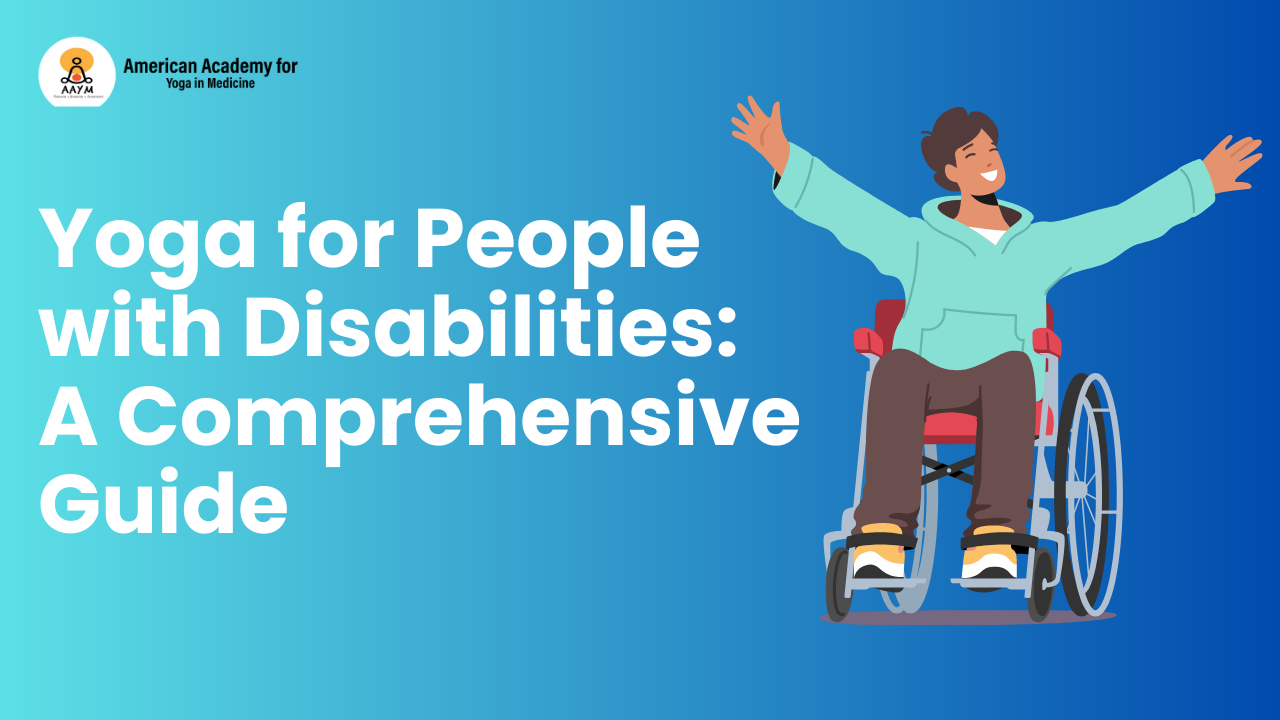Introduction: The Universality of Yoga
Yoga, an ancient practice rooted in Indian philosophy, has transcended borders and cultures, becoming a global phenomenon. Its core principle of inclusivity emphasizes that yoga is for everyone, irrespective of age, gender, or physical abilities. In recent years, the transformative power of yoga in promoting holistic well-being has been recognized, making it an essential tool for enhancing physical, mental, and emotional health. As we delve deeper into the world of yoga, we’ll explore its adaptability and how it caters to the unique needs of individuals with disabilities.
Understanding the Needs of People with Disabilities
The spectrum of disabilities is vast, encompassing physical, neurological, and learning disabilities. Each individual faces unique challenges, often making access to traditional fitness and wellness practices a hurdle. However, yoga, with its adaptable nature, offers a beacon of hope. A study from the Journal of Intellectual Disability Research underscores the efficacy of yoga as a therapeutic tool, especially for mentally retarded children. Beyond this, the societal understanding and misconceptions surrounding disabilities will also be discussed, shedding light on the broader context.
Yoga for Adults with Learning Disabilities
Adults with learning disabilities often grapple with cognitive and emotional challenges. Yoga, with its blend of postures, breathing exercises, and meditation, can be a game-changer. A noteworthy initiative highlighted in Learning Disability Practice demonstrates the potential of a person-centered approach. Through this, individuals with learning disabilities can enjoy the myriad benefits of yoga, both in face-to-face classes and online platforms. Additionally, the societal implications and the role of educators in promoting yoga for learning disabilities will be explored.
Adaptive Yoga: Modifying Poses for Physical Disabilities
Physical disabilities can range from mobility issues to chronic pain. Adaptive yoga, which modifies traditional poses to cater to individual needs, has emerged as a solution. Props, assistive devices, and personalized guidance ensure that yoga remains accessible and beneficial. Yoga International emphasizes the importance of inclusivity within the yoga community. By listening to and learning from people with disabilities, the yoga community can evolve, ensuring that everyone reaps the benefits of this ancient practice. The section will also delve into the training of instructors specializing in adaptive yoga and the importance of creating a safe space for practice.
Yoga Poses for Neurological Disorders
Neurological disorders, such as Parkinson’s or Multiple Sclerosis, present unique challenges. However, yoga, with its emphasis on balance, flexibility, and mindfulness, can be a therapeutic ally. Specific poses, combined with breathing exercises, can aid in symptom management, enhancing mobility and overall well-being. The integration of meditation further helps in cultivating mental resilience, crucial for those battling neurological conditions. The broader implications of yoga for neurological health, including its role in cognitive function and emotional regulation, will also be discussed.
Finding the Right Class: Yoga for Disabled Near Me
Finding the right yoga class, especially one tailored for disabilities, can be daunting. However, organizations like the American Academy for Yoga in Medicine (AAYM) are pioneering the movement of inclusive yoga. AAYM, with its extensive resources, webinars, and blogs, offers insights into the scientific and practical aspects of yoga, ensuring that everyone, regardless of their physical or mental state, can access the healing power of yoga. The section will also provide guidance on evaluating the suitability of a class and the importance of community support.
The Broader Impact: Yoga for Medical Conditions
Beyond disabilities, yoga has a profound impact on various medical conditions. From managing chronic pain to alleviating mental health issues, yoga’s holistic approach promises comprehensive healing. The AAYM stands testament to this, emphasizing yoga as integrative medicine. Their extensive research and courses highlight the myriad ways yoga can transform lives, making it an indispensable tool in modern healthcare. The section will also touch upon the global movement towards holistic health and the integration of traditional practices in modern medicine.
Conclusion: Embracing Inclusivity in Yoga
Inclusivity in yoga isn’t just a noble ideal; it’s a necessity. As the world recognizes the unparalleled benefits of yoga, it’s crucial to ensure that everyone, irrespective of their challenges, can access it. By adapting, learning, and evolving, the yoga community can truly embody its core principle of universality, making the world a healthier, more harmonious place. The conclusion will also emphasize the collective responsibility of society in promoting and supporting inclusive practices.

